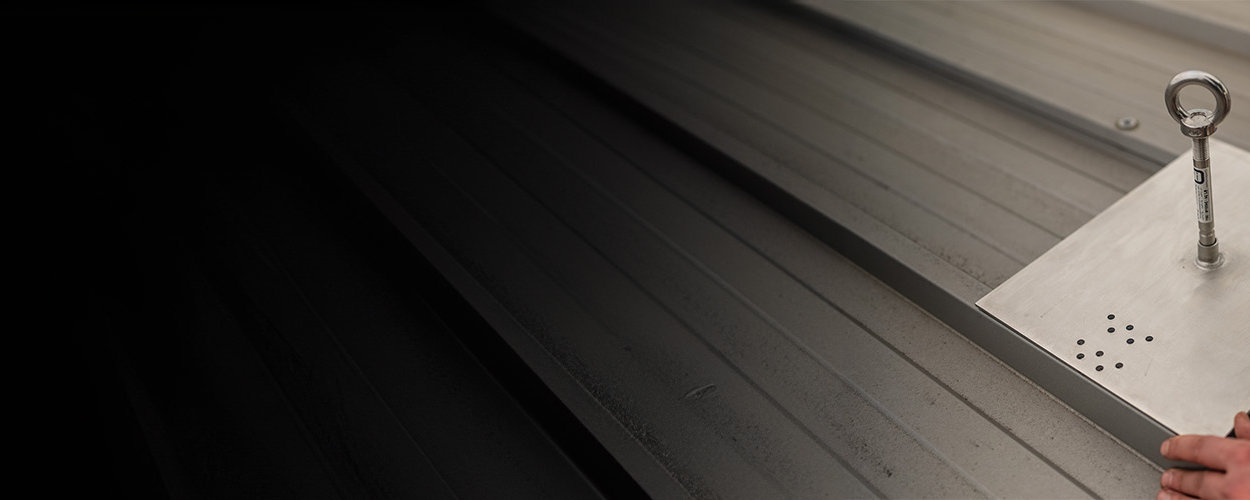Individual protection is the opposite principle to collective protection. Individual protection aims to protect individual persons. Individual protection measures for fall protection are usually designed to catch falling persons in good time before more serious injuries can be caused by the impact on the ground. As a result, many individual protection measures taken for fall protection can mainly be categorised as secondary fall protection. Secondary fall protection refers to all measures that are designed to catch people who have fallen before they hit the impact surface. Primary fall protection, on the other hand, is designed to prevent people from falling.
Relationship between individual protection and collective protection
Secondary fall protection measures, just like individual protection measures, are of secondary importance for the protection of people on flat roofs. Whenever possible, collective protection measures must be implemented. If this is not possible or undesirable, individual protection measures must be used.
Individual protection includes, for example, rope protection and fall arrest systems. These are designed to protect a single person. Individual protection measures are always used when, for example, work has to be carried out directly on the edge of a fall. In this case, there are generally no options for designing collective protection, as this would hinder the work to be carried out and cause greater inconvenience for the worker.
Accordingly, individual anchorage points, lifeline systems and PPE elements in particular should be categorised as individual protection.
Why does collective protection take precedence over individual protection?
Firstly, collective protection allows several people - even larger groups of people - to be protected at the same time. Secondly, individual protection always requires trained users. PPE and therefore also individual protection measures cannot be used by laypersons to protect themselves from a fall. Guardrails or barrier posts, for example, are much more effective here, as these elements are familiar even to laypersons.
What should I use on my flat roof?
As already explained, the two systems are very different from each other. You should consider who will be working on your roof and who will need access. You should also consider the size of the group. If you already know that larger groups will need regular access to your roof, you should use collective protection measures.
We will find the ideal solution for your flat roof fall protection!
